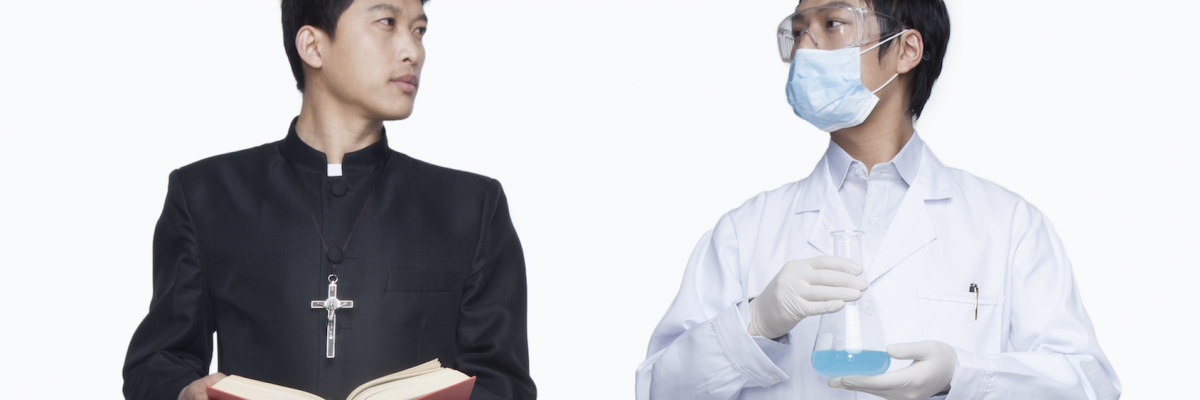
DAY 108
CHALLENGE
“Science and religion seem antagonistic. How can they coexist?”
DEFENSE
We elsewhere cover the fact that the two fields aren’t intrinsically hostile (see Day 266). This, plus the fact that they largely deal with different subjects, makes their coexistence possible.
Scripture does not dwell on the details of creation for, when inspiring the biblical authors, the Spirit of God “did not wish to teach men these facts that would be of no avail for their salvation” (St. Augustine, The Literal Meaning of Genesis 2:9:20).
Similarly, Cardinal Caesar Baronius is credited with saying, “The Holy Spirit’s intention was to teach us how to go to heaven, not how the heavens go” (quoted in Galileo Galilei, Letter to the Grand Duchess Christina).
According to John Paul II:
The Bible does not concern itself with the details of the physical world, the understanding of which is the competence of human experience and reasoning. There exist two realms of knowledge, one which has its source in revelation and one which reason can discover by its own power. To the latter belong especially the experimental sciences and philosophy. The distinction between the two realms of knowledge ought not to be understood as opposition. The two realms are not altogether foreign to each other, they have points of contact. The methodologies proper to each make it possible to bring out different aspects of reality (Address to the Pontifical Academy of Sciences, October 31, 1992).
The same point was made by evolutionary biologist Stephen Jay Gould, who argued that science and religion each have a magisterium (teaching authority) with respect to their fields of study, but these largely do not overlap, stating:
This resolution might remain all neat and clean if the non-overlapping magisteria (NOMA) of science and religion were separated by an ex- tensive no man’s land. But, in fact, the two magisteria bump right up against each other, interdigitating [i.e., weaving their fingers together] in wondrously complex ways along their joint border. Many of our deepest questions call upon aspects of both for different parts of a full answer—and the sorting of legitimate domains can become quite complex and difficult (“Nonoverlapping Magisteria,” available online).



